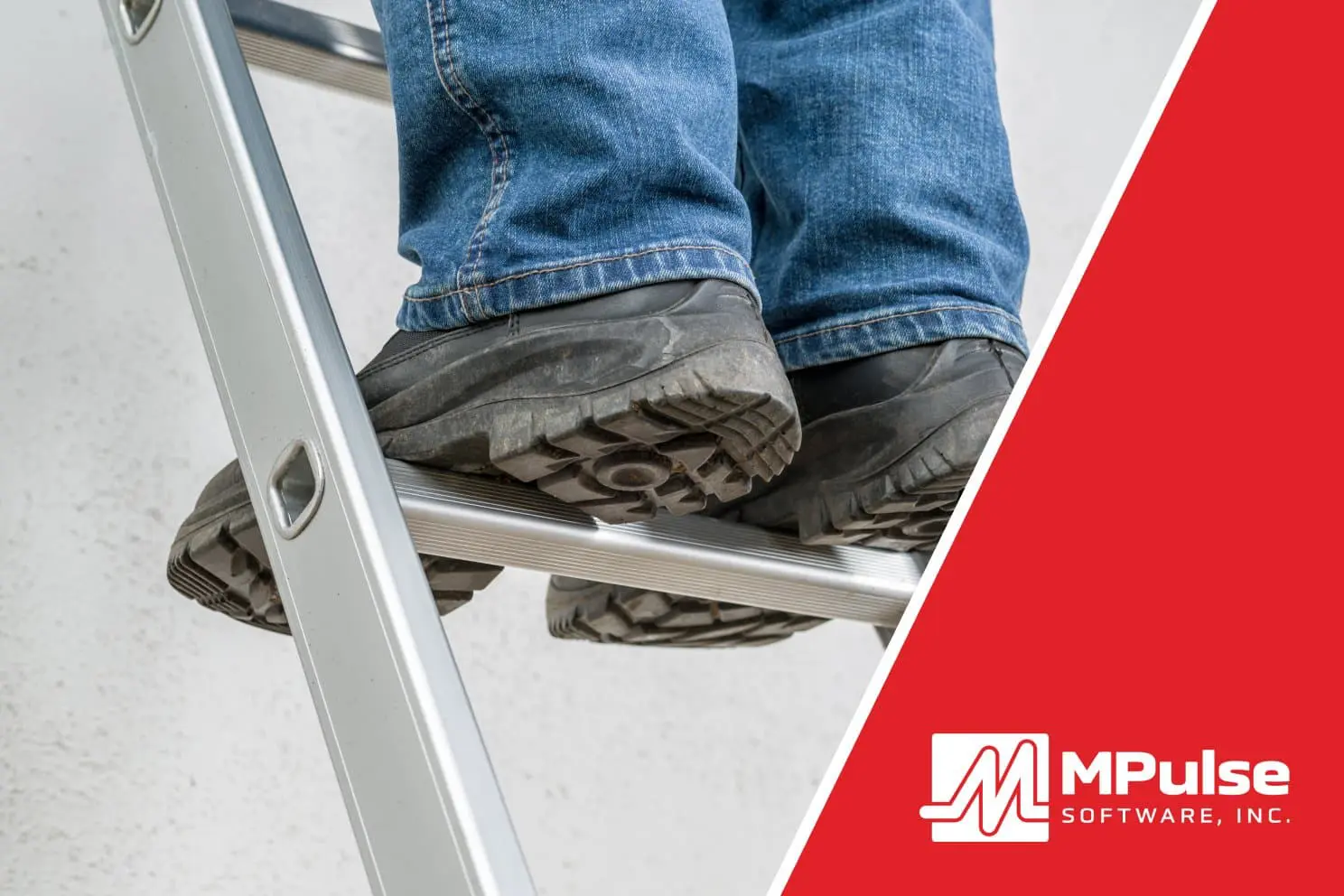The U.S. Department of Labor’s Occupational Safety and Health Administration (OSHA) doesn’t just protect your organization in an audit or inspection. It’s in everyone’s best interest to be proactive about your employees’ health and safety.
Maintenance workers are usually very familiar with OSHA regulations because maintenance work affects the entire organization—whether it’s on a production line, a construction site, or in a building. Maintenance techs are responsible for their own safety on the job, but they also contribute to the safety of building occupants and visitors.
CMMS software helps improve workplace safety and implement worker protections to reduce and eliminate hazards, thereby preventing future workplace injuries and illnesses. MPulse customers use CMMS software to comply with OSHA standards by…
- Documenting safety training
- Publishing safety data as a reminder to employees
- Standardizing checklists for scheduled inspections
- Creating a paper trail showing preventive measures
- Updating safety procedures
- Detailing emergency procedures in case of a natural disaster or other incident
OSHA Violations to Avoid
Proactive action provides long-term benefits when it comes to OSHA. Here are the top OSHA violations and how to avoid them.
Safety Training
OSHA requires organizations to record and track safety training for employees. CMMS software helps you track health and safety data and resolve potential risks before outside auditors do, such as who’s had what training. Additionally, automated alerts notify maintenance managers when certifications will expire.
Documentation
Inconsistent record-keeping procedures can cause OSHA citations and fines. CMMS data provides both the big picture and the little details, so your maintenance tasks are both visible and verifiable. Much of that documentation is also automated. And best of all, you can access the information in minutes, instead of spending hours or even days sorting through a paper filing system.
Failure to Report
OSHA requires most employers with more than 10 employees to keep a record of serious work-related injuries and illnesses. (Certain low-risk industries are exempt, and minor injuries requiring first aid only do not need to be recorded.) Employers must report any worker fatality within 8 hours and any amputation, loss of an eye, or hospitalization of a worker within 24 hours. Failure to report serious injuries is a significant OSHA violation.
COVID-19
OSHA has issued temporary enforcement guidance related to the COVID-19 pandemic. COVID-19 can be a recordable illness if a worker is infected as a result of performing their work-related duties. Using CMMS software to log employee incidents properly and to maintain records in accordance with OSHA’s current standards allows you to present the solid documentation that OSHA demands.
Hazards
Employers must make information about the identities and hazards of chemicals available and understandable to workers. Chemical manufacturers and importers are required to evaluate the hazards of the chemicals they produce or import, and prepare labels and safety data sheets to convey the hazard information. Additionally, employers must label hazardous chemicals, provide safety data sheets for their exposed workers, and train them to handle the chemicals appropriately.
Safety in the workplace requires documentation, particularly for creating procedures and recording maintenance activities. And there’s nothing better at documenting those tasks than CMMS software. When you have solid data on your side, it makes it much easier to support your maintenance team and avoid OSHA violations.
Have questions? Contact us. We have answers.


